+39 329 448 3644 info@rusrim.com +39 389 59 75 184
Private car tour of Rome with driver guide
A one-day guided tour experience lasting minimum 3 hours or more BY CAR for groups of up to 6 people.
Our private guides in Rome are also graduates having obtained painting, dance, music or literature diplomas and are active artists working in Italy.
ROME by Franco Butiglieri – Original music by Adel Karanov composer and local art guide in Rome
Private car tour in Rome – english guide with car from Eur 50 for pax Price for the tour of 6 pax Private tour 3H + 1 H free = 4H or Total 200Eur for the tour in case of 4pax include guide, car and entrances
The old via Appia – Rome private tour – Original music by Adel Karanov
Rome with driver guide
Toursof Rome by Adel Karanov Art guide and music composer
Piramide Cestia – Pyramid of Cestius – Roman Pyramid
Tour of main squares, fountains, churches and museums of Rome selected for you. The tour includes short walks on foot for visits of monuments and stops for taking pictures and a lunch or a coffee break.The sequence of monuments and their choice will display a historical and artistic evolution of the Eternal City. As well as a perfect overview of the different types of styles in the arts of architecture and sculpture and painting. Many monuments, private art collections, entrances to palaces are offered exclusively by RUSRIM. private guides.
Inside the guided tour experience you can choose to visit important archaeological areas like dungeons, catacombs, ancient walls, sacred places and secret areas accessible to limited number of people. The collection of Greek and Roman classical sculptures offering sculptures of emperors, athletes, mythological figures and ancient deities can be viewed in an exclusive way.
During the guided tour you can have a break for tasting of local food preferred by Roman elite. In summer the most popular organic ice cream shop in Rome is a place to drop in.
Rome private tours: video – Music by Adel Karanov private guide in Rome and composer – original video Rusrim.com
Piazza di Spagna – Spanish square, is one of the most famous squares in Rome. In the middle of the square is the famous Fontana della Barcaccia, dating to the beginning of the baroque period, sculpted by Pietro Bernini and his son, the more famous Gian Lorenzo Bernini.The side near Via Frattina is overlooked by the two façades (the main one, designed by Gian Lorenzo Bernini, and the side one created by Francesco Borromini) of the Palazzo di Propaganda Fide.
Rome private and individual car tour – list of monuments
Rome private tour with driver art guide
Churches in Rome
VIDEO with Original music by Adel Karanov composer and guide in Rome
Piazza Navona square
Thanks to its original elongated form. Piazza Navona deserves a foremost place among Rome’s numerous hiStorical piazzas. Built on the site of the former Domitian Stadium, it traditionally accommodated the market and popular shows. During the 17th century it became the city’s salon, partly because of the presence of Palazzo Pamphilj, and it was embellished with further monuments and buildings. These enhance the spatial homogeneity which is owed to the regularity of the architecrural features packed into the unbroken ranks of walls and facades, and to the chromatic unity. A result of the urban plans For the piazza under the patronage of Innocent X Pamphilj, who was responsible For the complete reorganisation ofthc area and the demolition of some blocks, was the concave facade of Sant’Agnese. The work of Borromini, it merges with the walls surrounding the piazza, copying the essential arehitecrural morifs and presenting an emblematic example of dynamic integration between the building and the space in front of it, which acts as an cxrension to the church and seems to disappear into it. In the l yout of the piazza, a role of no lesser importance is played by the three fountains which serve to break up the huge horizontal space into four distinct areas. The focus is the symbolic and actual centre of the Fontana dei Quattro Fiumi (Fountain of the Four Rivers), the work of Gian Lorenw Bernini. It is a spectacular allegory of the worldly presrige of the Pamphilj: an aerial «natural grotto». The four springs of faraway rivers spout from it and it is studded with exoric plants and animals. It acts as a base for the Egyptian obelisk crowned with a clove. the symbol of the Pamphin and the Holy Spirit. Sant’Agnese in agone – San Luigi dei Francesi
Piazza del Campidoglio – The Piazza del Campidoglio, with the long flight of steps leading up to it, is both the political and physical heart of the city. Is was designed in its monumental setting by Michelangelo in 1536, under the patronage of Paul III Farnese.
It arguably represents the most perfect translation of the concept of the piazza as an autonomous urban space in 16th century culture. Ina masterly reinterpretation of the classic concept of the piazza, Michelangelo reversed the outlook, which had until then been oriented towards the Roman Forum, placing the statue of Marcus Aurelius in the middle to face Saint Peter’s Basilica. As background, he devised the complete rebuilding of the medieval Palazzo Senatorio, which rose above the ruins of the former Tabularium, and the side wings, made up of the Palazzo dei Conservatori and the Palazzo Nuovo. The latter were completed according to she artist’s plans respectively in 1568 and 1655. Uprooted and set obliquely, they endue,/ the piazza with a greater sense of space, and enhance the per4pective and theatricality. The geometric star design oldie paving, which was implemented in 1940 by Antonio Munoz based on the plans left by Buonarroti, also emphasises the centrifugal, dynamic dimension of the whole. The robust and imposing plasticity of the architecture adds to the sober stateliness of this area. The façade of Palazzo Senatorio eras adapted from the Michelangelesque plan by Giacomo Della Porta and Girolamo Rainaldi, with its entrance facing the piazza, characteristic double flights of steps, stucco facing and row of gigantic Corinthian pilaster strips. The balustrade looking out over the city, with its monumental Dioscuri, was also conceived to complement the piazza, and was modified by Della Porta in 1585.
Campidoglio – VIDEO Original music by Adel Karanov Rome Private guide
Piazza Barberini square – Fontana del Tritone or Triton Fountain (1642–3) sculpted by Bernini. – Palazzo Barberini The rise of the Barberini, one of the most powerful of the Roman papal families, is closely connected to the ecclesiastical career of Cardinal Maffeo Barberini, the fiarure Pope, who was elected with the name Urban VIII in 1623. The family’s prestige in the papal city was from that moment secured and culminated in the construcrion in the grand style of the palazzo, which was to become one of the most admired in Rome at the time. Some of the main artists of the age were involved in the building and decoration of the prestigious residence: Carlo Maderno, Gian Lorenzo Bernini and Francesco Borromini sought to outdo each other in a contest of elegance. as did Pietro da Cortona and Andrea Sacchi in their paintings for the palazzo. Everything, from the architecture to the magnificence of the frescoes and interior Furnishings had to reflect the authority and affluence of the line which had chosen this way of leaving an indelible mark on the heart of the city. In 1629, the year in which Maderno died, the palazzo had ho ever only just been begun, so the building was then entrusted to Gian Lorenzo Bernini. the ofi‘icial artiSI par excellence of the Barberinian court.
Palazzo del Quirinale – Official residence of the President of the Italian Republic, was built in 1583 by Pope Gregory XIII as a papal summer residence.The Palace was also used as the location for papal conclaves in 1823, 1829, 1831, and 1846. It served as a papal residence and housed the central offices responsible for the civil government of the Papal States until 1870.
Piazza della Repubblica – Piazza Esedra The former name of the piazza, Piazza dell’Esedra, still very common today, originates in the large exedra of the baths of Diocletian, which gives the piazza its shape
– Fontana delle Naiadi – Republic square in Rome The fountain in this square was originally the fountain of the Acqua Pia (connected to the aqua Marcia aqueduct), commissioned this site by Pope Pius IX in 1870. The naiads represented are the Nymph of the Lakes (recognisable by the swan she holds), the Nymph of the Rivers (stretched out on a monster of the rivers), the Nymph of the Oceans (riding a horse symbolising of the sea), and the Nymph of the Underground Waters (leaning over a mysterious dragon). In the centre is Rutelli’s Glauco group (1911/12), symbolizing the dominion of the man over natural force and replacing a previous sculpture.
– Basilica Santa Maria degli angeli e dei Martiri – The Basilica of St. Mary of the Angels and the Martyrs – Beatissimae Virgini et omnium Angelorum et Martyrum – built inside the frigidarium of the Baths of Diocletian in the Piazza della Repubblica (part of the Terme di Diocleziano emperor) by Michelangelo Buonarroti.
The thermae of Diocletian dominated the Quirinal Hill with their ruined mass and had success
fully resisted Christianization. Michelangelo Buonarroti worked from 1563 to 1564 to adapt a section of the remaining structure of the baths to enclose a church. At Santa Maria degli Angeli, Michelangelo achieved an unexampled sequence of shaped architectural spaces with few precedents or followers. There is no true facade; the simple entrance is set within one of the coved apses of a main space of the thermae. The plan is developed from a Greek cross, with a transept so dominant, with its cubical chapels at each end, that the effect is of a transverse nave.
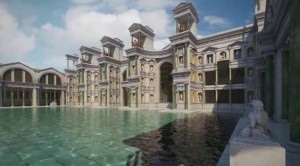
Terme di Diocleziano – Rome private tour
Basilica di San Giovanni Laterano – Lateran Basilica – The Papal Archbasilica of St.John in the Lateran
The Lateran cathedral is part of the firSt monumental complex of the Church of Rome. It was built at the time of ConStantine on the site of the ruined home of a powerful Roman family, the Laterani.
It consiSts of a Papal Palace. Basilica and Baptistery, or so-called Patriarch‘lo, which was used For the diplomatic, residential, defence and administrative purposes of the Pontifical Curia. Until 1300. when Boniface VIII announced the first jubilee Year, the pontiff resided here with all his dignitaries and the court, enjoying the use of a personal chapel, part of which still exists with the name of Sancta Sanctorum. The building was commissioned by Constantine as a votive ofliering for the victory over Maxentius, and dedicated to Christ the Saviour in 318 AD. Its blueprint was exactly the same as that of the former Saint Peter’s. It must have consisted of a huge space with five aisles divided up by an impressive colonnade. After being damaged several times over the centuries, the Constantine basilica was repeatedly rsttored until being rebuilt by Francesco Borromini, who gave it its definitive form.
Rome private tours with driver guide – Arcibasilica di San Giovanni in Laterano
VIDEO – San Giovanni Laterano – Original electronic music by Adel Karanov composer and guide – Rome private tour
Colosseo – Anfiteatro Flavio – Amphitheatrum Flavium has conditioned Rome’s urban landscape and it still dominates the ancient center. It was the first amphiteatheatre to be built in Rome in the form of a monument. The Flavian Amphiteathre was superior in dimensions and monumentality to all those previously built. The colosseum was furnished with a sophisticated system of drains with fed the bath and numerous fountains required to keep the vast audience cool. Tn the Colosseum there were various kinds of enterteinment like fightsbetween gladiators, exotic animals, naval battles, and capital punishment executions. During the renaissance the Colosseum has been one of the monuments which symbolise the grandeur of antique Rome.
Arco di Costantino – Arch of Costantine was well situated to celebrating the ventures and victories, fristly of the consult in the Republican age and later of the emperors. It was erected by the Roman Senate to commemorate Constantine I’s victory over Maxentius at the Battle of Milvian Bridge in 312.
San Clemente and Catacombs In the basilica, witch was built at the beginning of the 12th century, the ancient painting have survived and most of the mosaics are intact. On the whole, the frescoes constituite a more sophisticated version of catacomb painting, both in their of the expressive and dynamic line and in their revival, in the early Christian sense of decorative motifs.
The Palatine Hill – Palatino – According to Roman mythology, the Palatine Hill was the location of the cave, known as the Lupercal, where Romulus and Remus were found by the she-wolf Lupa that kept them alive.
Rome has its origins on the Palatine. Indeed, recent excavations show that people have lived there since approximately 10,000 BC.
According to Livy, after the immigration of the Sabines and the Albans to Rome, the original Romans lived on the Palatine.
Many affluent Romans of the Republican period (c.509 BC – 44 BC) had their residences there. During the Empire (27 BC – 476 AD) several emperors resided there; in fact, the ruins of the palaces of Augustus (27 BC – 14 AD), Tiberius (14 – 37 AD) and Domitian (81 – 96 AD) can still be seen. Augustus also built a temple to Apollo here, beside his own palace. The Palatine Hill was also the site of the festival of the Lupercalia.
Circus maximus- Circo Massimo – The Circus was Rome’s largest venue for ludi, public games connected to Roman religious festivals. Ludi were sponsored by leading Romans or the Roman state for the benefit of the Roman people (populus Romanus) and gods. During the Republic some Circus events, however, seem to have been relatively small and intimate affairs. In 167 BC, “flute players, scenic artists and dancers” performed on a temporary stage, probably erected between the two central seating banks. Others were enlarged at enormous expense to fit the entire space. A venatio held there in 169 BC, one of several in the 2nd century, employed “63 leopards and 40 bears and elephants”, with spectators presumably kept safe by a substantial barrier.
Museo delle mura Aureliane – The Aurelian Walls museum – Roman walls 271 AD and 275 AD The walls enclosed all the seven hills of Rome plus the Campus Martius and, on the right bank of the Tiber, the Trastevere district. The full circuit ran for 19 kilometres (12 mi) surrounding an area of 13.7 square kilometres (5.3 sq mi). The construction of the walls was by far the largest building project that had taken place in Rome for many decades, and their construction was a concrete statement of the continued strength of Rome. Aurelian’s construction of the walls as an emergency measure was a reaction to the barbarian invasion of 270; the historian Aurelius Victor states explicitly that the project aimed to alleviate the city’s vulnerability. Appia Antica
Bernini – Saint Sebastian catacombs – Rome private tour
Pantheon commissioned by Marcus Agrippa during the reign of Augustus (27 BC – 14 AD). The present building was completed by the emperor Hadrian and probably dedicated about 126 AD. He retained Agrippa’s original inscription, which has confused its date of construction. The Pantheon is stituated in the Roman Regio (quarter) 1X, corresponding to Campus Martins. According to legend, Campus Martins used to belong to the Tarquins and was a marshy area. When the last Etruscan king was expelled from Rome in 509 BC, the year the Republic was founded, the area became public. Augustus began filling the central area of Campus Martins with monuments and rebuilding the buildings in the Circus Flaminius area. The temple — dedicated to all the gods — was intended to be a symbol of the Emperor Augustus and therefore of his family, the gens Iulia.
The pantheon – VIDEO with original music
Avenitino hill – Colle Aventino – According to Roman tradition, the Aventine was not included within Rome’s original foundation, and lay outside the city’s ancient sacred boundary (pomerium). The Roman historian Livy reports that Ancus Marcius, Rome’s fourth king, defeated the Latins of Politorium, and resettled them there.[9] The Roman geographer Strabo credits Ancus with the building of a city wall to incorporate the Aventine.[10] Others credit the same wall to Rome’s sixth king, Servius Tullius. The remains known as the Servian Wall used stone quarried at Veii, which was not conquered by Rome until c.393 BC, so the Aventine might have been part-walled, or an extramural suburb.
- – Basilica di Santa Sabina and Porta lignea di Santa Sabina,
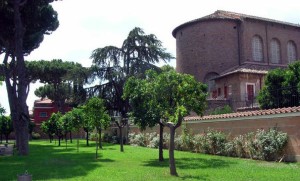 Basilica Santa Sabina – Rome car touris the oldest extant Roman basilica in Rome that preserves its original colonnaded rectangular plan and architectural style. Its decorations have been restored to their original restrained design. Santa Sabina was built by Peter of Illyria, a Dalmatian priest, between 422 and 432[1] near a temple of Juno on the Aventine Hill in Rome. The church was built on the site of early Imperial houses one of which is said to be of Sabina a Roman matron originally from Avezzano in the Abruzzo region of Italy.
Basilica Santa Sabina – Rome car touris the oldest extant Roman basilica in Rome that preserves its original colonnaded rectangular plan and architectural style. Its decorations have been restored to their original restrained design. Santa Sabina was built by Peter of Illyria, a Dalmatian priest, between 422 and 432[1] near a temple of Juno on the Aventine Hill in Rome. The church was built on the site of early Imperial houses one of which is said to be of Sabina a Roman matron originally from Avezzano in the Abruzzo region of Italy.
– The orange garden – Giardino degli aranci The park offers an excellent view of the city. The garden, as it is today, was designed in 1932 by Raffaele De Vico. The garden, whose name comes from the many bitter orange trees growing there, extends over the area of an ancient fortress built near the basilica of Santa Sabina by the Savelli family between 1285 and 1287, which, in turn, was built over an old castle constructed by the Crescentii in the tenth century.
– The rose garden – Giardino delle rose
– Order of Malta square – Sovrano militare ordine di Malta Roma – Piazza Cavalieri di Malta
Pyramid of Cestius – Piramide di Caio Cestio – ancient pyramid in Rome built about 18 BC–12 BC as a tomb for Gaius Cestius, a magistrate and member of one of the four great religious corporations in Rome, the Septemviri Epulonum.
- Centrale Montemartini – Musei Capitolini Best roman art collections and Industrial archaeology
- Best Roman ice cream shop and the old bar pasticceria close to the Pyramid Caio Cestio
- Basilica di San Luigi dei Francesi and Caravaggio Thanks to the mediation of Cardinal Del Monte from the July of 1599 to that of 1600, Caravaggio painted the two side canvases for the chapel of Cardinal Contarelli in San Luigi dei Francesi, his first public commission. The Calling and Martyrdom of Saint Matthew were both demanding in terms of the depiction of a story in action and the numerous figures. The symbolic role of the light, coupled with the natural illumination of the chapel, lends unity to the whole. With these canvases Caravaggio brings contemporary reality into a sacred scene and into a church chapel for she first time. Characters dressed in the current style participate in the sacred event as they go about their daily life, intent on tavern games. The first canvas to be finished was the Calling.
Caravaggio constructs the scene around the gesture of Christ, who points towards Matthew and whose hand position is mirrored by the latter’s. The two groups are unified by the shaft of light, whose origin is outside the field of vision, above the head of Jesus. The light is both divine .d natural and also serves as an efficacious stylistic expedient to emphasise the evident contrast between the modern clothes of Matthew and his companions and the few divine attributes of the apostle, who is barefoot and wrapped in a large cloak of antique style. In the use of the Martyrdom, the focal point of the scene is the executioner, who is in the act of striking the martyr. The other characters are placed around the central figure, gradually going further back into the bare space which is the scene of the action. Caravaggio freezes the dramatic moment before the death by means of the light. This is concentrated on the naked body of the executioner poised to strike and on the angel who proffers the palm of martyrdom to the saint. Once it was placed on the altar of the chapel, the altarpiece of Saint Matthew and the Angel, which was done in three and a half months in 1602, was, according to Bellori: otaken away by the priests, who said that the figure had
- Piazza Venezia Venezia square – It takes its name from the Palazzo Venezia, built by the Venetian Cardinal, Pietro Barbo – later Pope Paul II , alongside the church of Saint Mark, the patron saint of Venice. The Palazzo Venezia served as the embassy of the Republic of Venice in Rome.
- Fontana delle Tartarughe – The Fontane delle Tartarughe (The Turtle Fountain) is a fountain of the late Italian Renaissance, located in Piazza Mattei, in the Sant’Angelo district of Rome, Italy. It was built between 1580 and 1588 by the architect Giacomo della Porta and the sculptor Taddeo Landini. The bronze turtles around the upper basin, usually attributed either to Gian Lorenzo Bernini or Andrea Sacchi, were added in either 1658 or 1659 when the fountain was restored.
- Mercati Traiani – Trajan’s Market – is a large complex of ruins located on the Via dei Fori Imperiali. Thought to be the world’s oldest shopping mall, the arcades in Trajan’s Market are now believed by many to be administrative offices for Emperor Trajan. The shops and apartments were built in a multi-level structure, and it is still possible to visit several of the levels. Highlights include delicate marble floors and the remains of a library.
- Foro Romano – Roman forum panoramic view
- Piazza della Bocca della Verità –
The square lies in the ancient area of the Forum Boarium, just in front of the Tiber Island; it takes its name from the Bocca della Verità. The fountain in front of the two temples, called Fountain of the Tritons, released by Carlo Bizzaccheri. Besides the church, dating back to the late Middle Ages, the square houses the Arcus Argentariorum, the Arch of Janus, the Temple of Hercules Victor and the Temple of Portunus, a deity related to the ancient river harbour.
– Tempio di Portuno – Its Ionic order has been much admired, drawn and engraved and copied since the 16th century (see illustration, right). The temple owes its state of preservation from its being converted to use as a church in 872 and rededicated to Santa Maria Egyziaca (Saint Mary of Egypt).
– Tempio di Ercole Vincitore – The Temple of Hercules Victor – Hercules the Winner or Hercules Olivarius – Dating from the later 2nd century BC By 1132 the temple had been converted to a church, known as Santo Stefano alle Carozze (St. Stephen ‘of the carriages).
– Fontana dei Tritoni – This fountain should be distinguished from the similarly named nearby Triton Fountain (Fontana del Tritone) by Bernini. The fountain was completed in 1715 by architect Carlo Francesco Bizzaccheri, during the works for the accommodation of the square in front of the basilica.
- Basilica di Santa Cecilia in Trastevere – is a 5th-century church in Rome devoted to the Roman martyr Saint Cecilia.
The first church on this site was founded probably in the 3rd century, by Pope Urban I; it was devoted to the young Roman woman Cecilia, martyred it is said under Marcus Aurelius Severus Alexander (A.D. 222-235). Tradition holds that the church was built over the house of the saint. Saint Cecilia is the patroness of musicians. It is written that as the musicians played at her wedding she “sang in her heart to the Lord.
- – Janiculum Hill – Colle del Gianicolo – Rome panoramic view
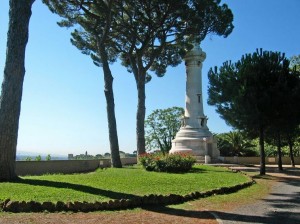
– Tempietto del Bramante – Tempietto di San Pietro in Montorio
– Fontana Paolina o Fontana dell’Acqua Paola
Extra visit of other monuments – Rome private car tour
Piazza del Popolo
The Villa borghese park and lake
Roman Catacombs Via Appia antica – Catacombe di San Sebastiano
Palazzo Colonna is one of the oldest and largest private palaces of Rome. Its construction began in the fourteenth century by the Colonna family, who still resides there since eight centuries. The Colonna family dates back to the twelfth century and comes from the town of Colonna, near Rome, from which it takes its name. The construction of the various wings of Palazzo Colonna lasted for five centuries. This has led to the overlapping of different architectural styles, interiors and exteriors, which characterize and reflect the different periods. From 1300 to 1500 it acted as a family fortress. Oddone Colonna, elected Pope on November 11, 1417 under the name of Martin V, appointed the Palace as the Pontifical Seat and lived there from 1420 to 1431, the year of his death. In those ten years, within the austere rooms of Palazzo Colonna, Pope Martin V designed and implemented a great plan for a cultural, urban and administrative rebirth of the city of Rome, which lay in devastating conditions after the period of papal exile to Avignon and the Western Schism. In 1527, during the sack of Rome by the troops of Emperor Charles V, Palazzo Colonna was one of the few buildings that was not destroyed due to the good relationship of the family with the Empire. Instead, it offered a safe haven for more than three thousand Roman citizens.
Throughout the 1600s, the Palace took the form of a large Baroque palace at the will of three generations; the leading family members being Philip I, Cardinal Girolamo I and Lorenzo Onofrio, who relied on architects and artists of great skill and reputation. In fact, Gian Lorenzo Bernini, Antonio del Grande, Carlo Fontana, Paolo Schor, and many others, all lent their expertise. Also during this time was the construction of the beautiful and majestic Galleria Colonna, which has 76 meters of length facing onto via IV Novembre. This authentic jewel of the Roman Baroque is now open to the public, with apartments of major artistic value that are most representative of the Palace. They house the Art Collections of the family, notified and bound by the fidecommesso of 1800, including masterpieces of absolute excellence painted by leading Italian and foreign artists between the XV and XVI century. Among the artists are Pinturicchio, ,Cosme Tura, Carracci, Guido Reni, Tintoretto, Salvator Rosa, Bronzino, Guercino. Veronese, Vanvitelli and many others. Galleria Colonna is open to the public every Saturday from 9.00 a.m to 1.15 p.m.. The entrance is from via della Pilotta, 17. Private visits of the Gallery and the private Apartments are always available by appointment seven days a week, including holidays. Reservations can be made by calling 06/6784350 or writing to info@galleriacolonna.it. There are a number of publications on the Colonna family, Palazzo Colonna and its Art Collections which you can find either at the book shop on Saturday morning in Galleria Colonna on Via della Pilotta 17, or at the offices of the Galleria Colonna. For more information, please consult the website: www.galleriacolonna.it. Thank you for your attention and we invite you to visit this historical Roman residence of great charm and rare beauty.
We also offer a:
- FLEXIBILE PROGRAMME
- INSIDE TOURS OF MONUMENTS
- SMALL GROUPS OF UP TO 6 PEOPLE
- INDIVIDUAL CAR WITH A DRIVER
- AN EXPERIENCED GUIDE
Internal garden of Palazzo Colonna – Rome car tours with local guide
Villa Doria Panphilii – West Rome

Campidoglio – Capitoline Hill – ROMA –
Rome private tour with local guide
Panoramic private tour of Rome
The secret Rome – Private tour
ROMA
Day tours in Italy with driver guide Lazio Rome – Tuscany Florence Pisa – Veneto Venice – Trentino – Bologna
ROME and AROUND ROME PRIVATE TOURS
- Sightseeing tours of Rome with private guide and car
- Car tour of the Roman Castles – Castelli Romani
- Car tours of Tivoli villa D’Este, villa Adriana and Gregoriana
TOSCANA – ITALIA
Tuscany with driver guide – departing from Bologna – Rome – Pisa – Florence – Venice
CAR TOURS IN ITALY FROM ROME
Small group tours in minivans ensuring the highest level of comfort. Our vehicles are fully equipped with all the options required for long trips, including air conditioning.
An English speaking private guide will be at your disposal for the whole day and will arrange the most satisfactory tour with you.
LUXURY PRIVATE TOURS OF ROME and other towns – WITH PRIVATE DRIVER GUIDE
Excursions with private guide in:
Day car tours in Italy with driver guide from Rome and other touwns
Transfer and private tours from Civitavecchia port – Rome airport
| PRIVATE TOUR FROM CIVITAVECCHIA ROME with driver guide |
| FIUMICINO ROME AIRPORT PRIVATE CAR TOUR with driver guide |
| Transfer – Rome Airport and Civitavecchia with driver guide
Excursions of Rome – with driver guide |
MUSIC DANCE and FSHION in ITALY RusRim original video
| Contemporary dance in Rome |
| Italy fashion – VIDEO |
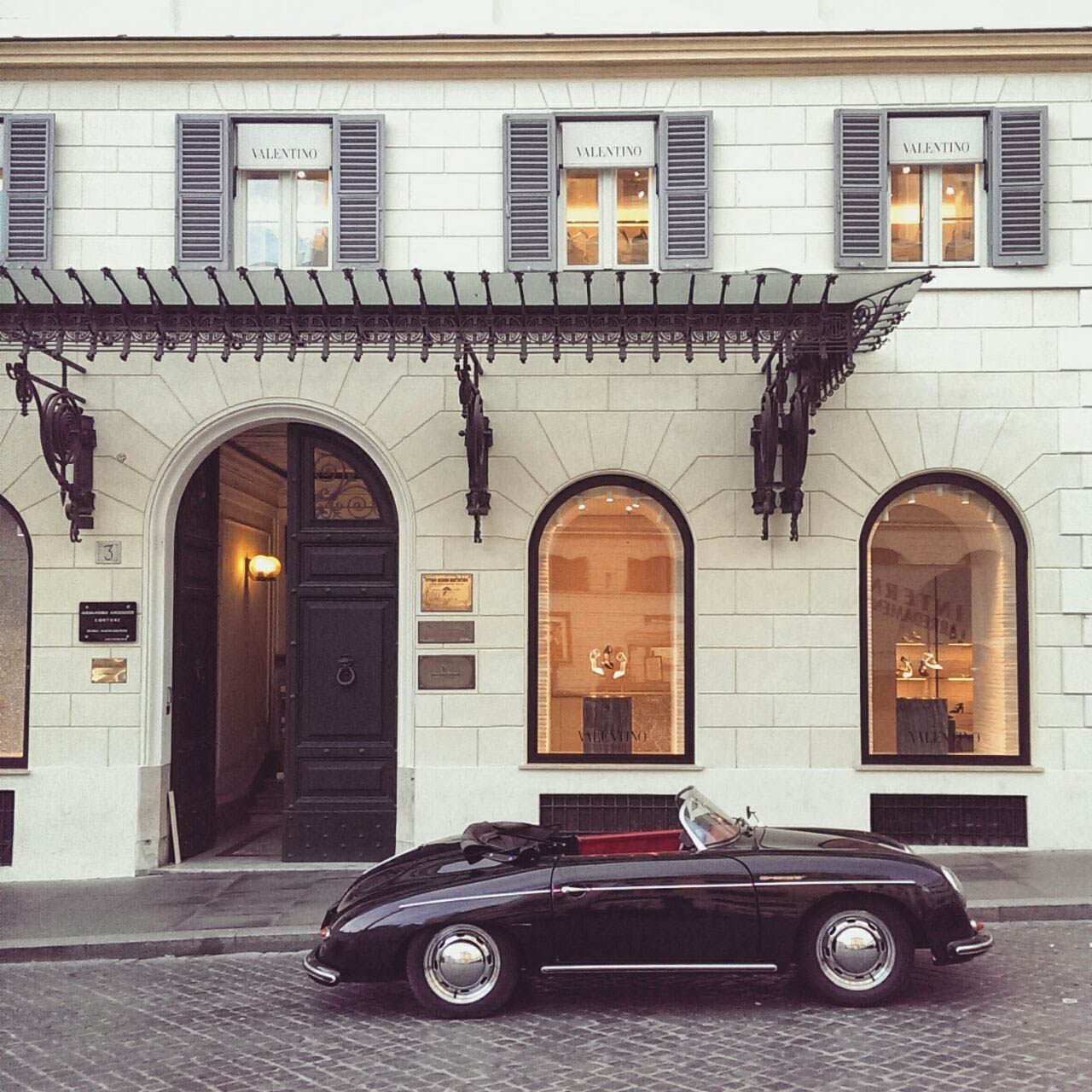
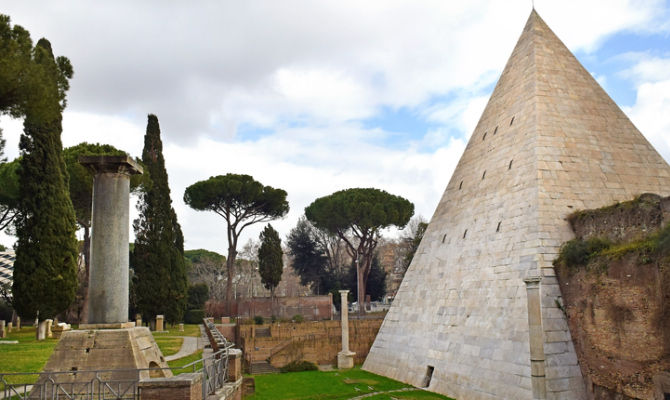
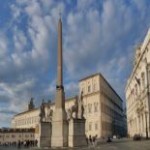
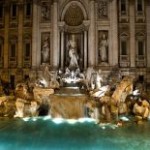
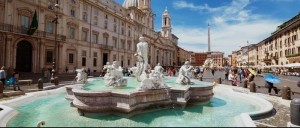
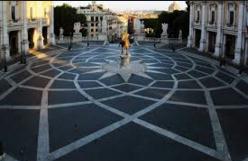
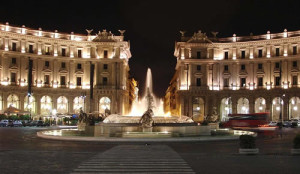
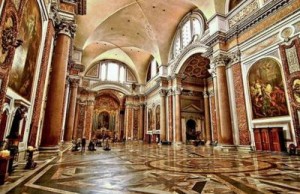
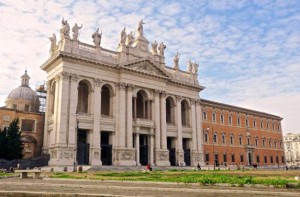
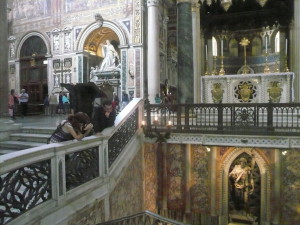
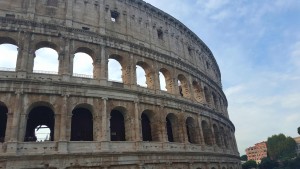
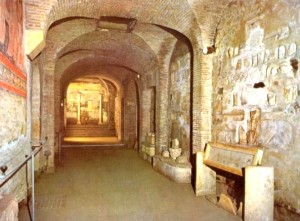
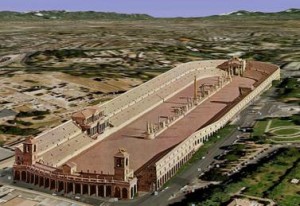
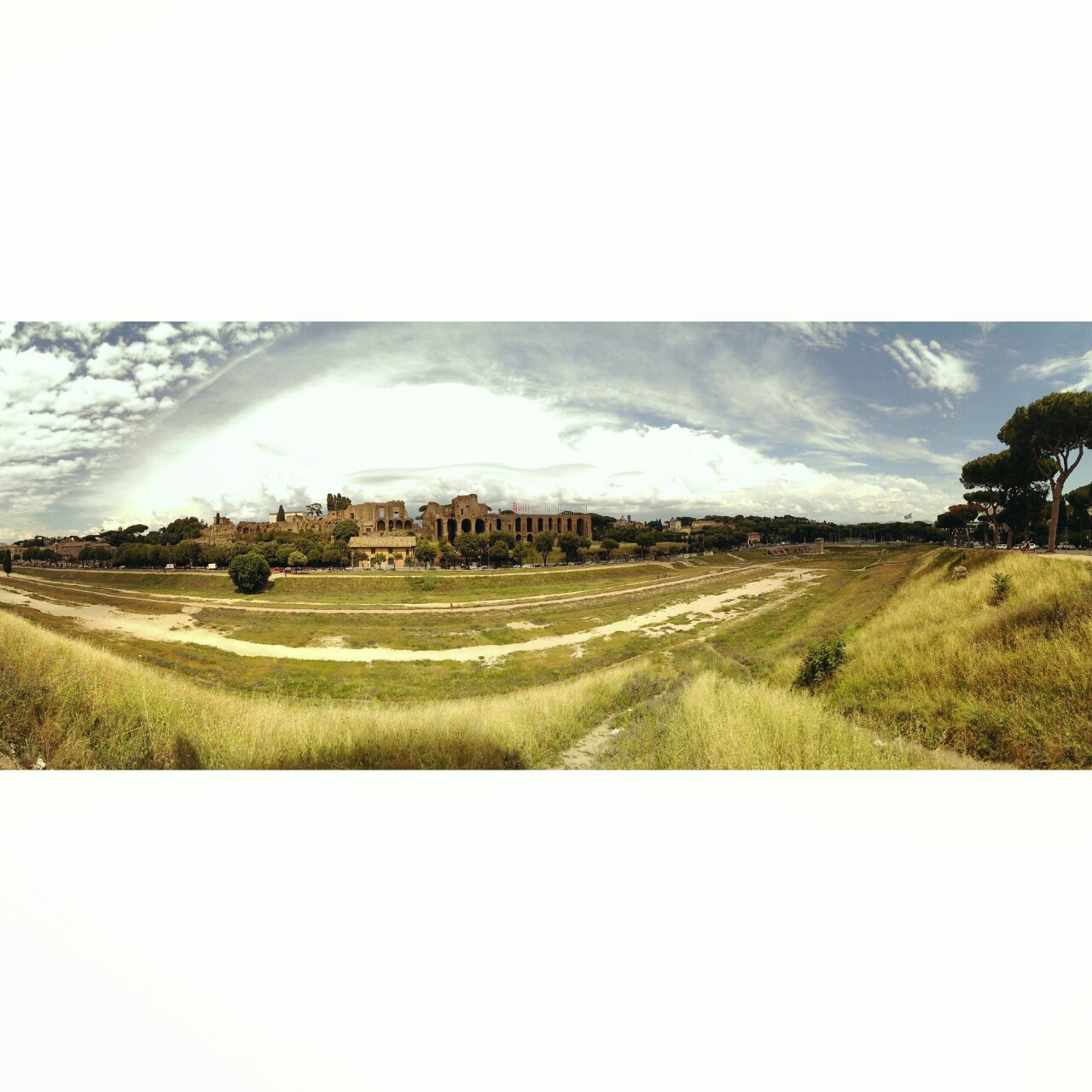
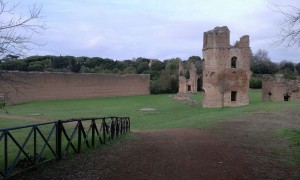
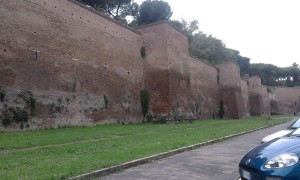
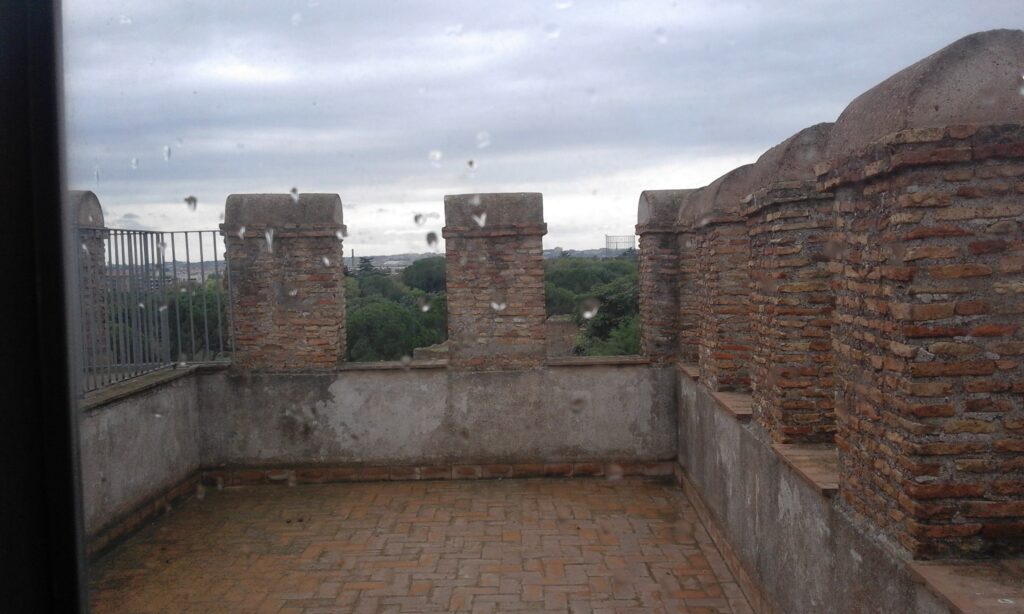
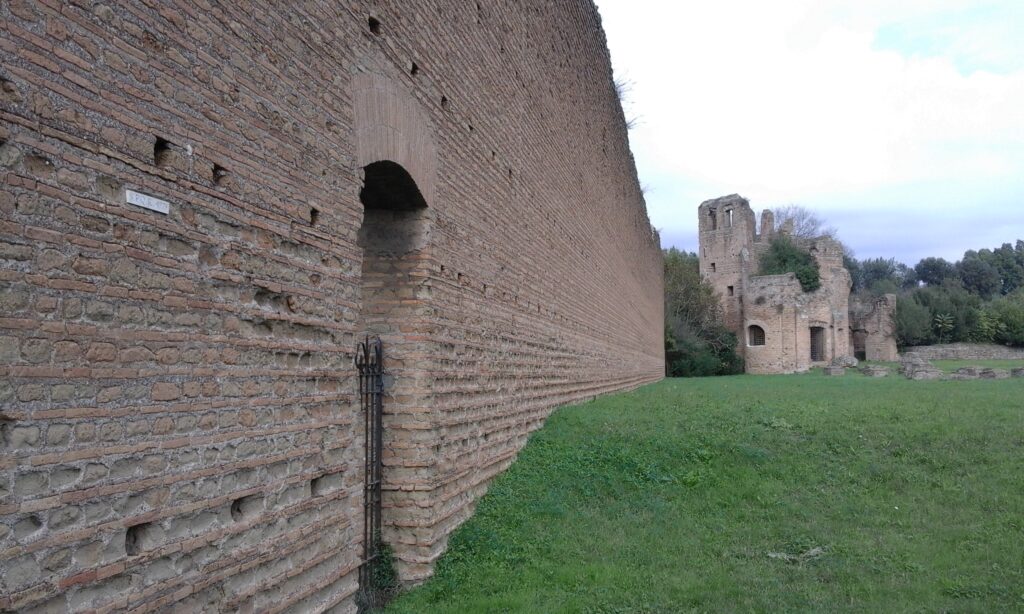
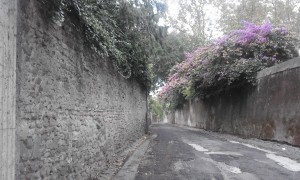
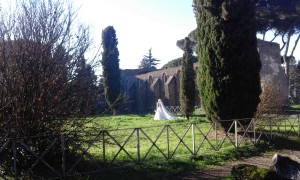
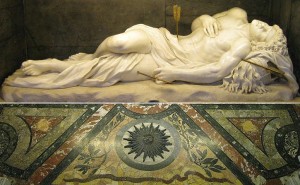
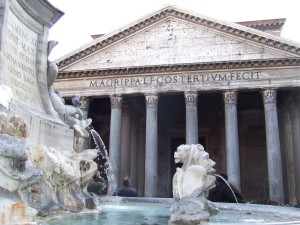
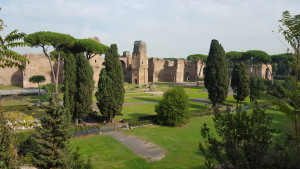
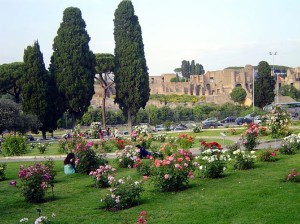
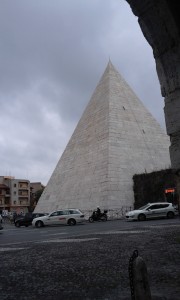
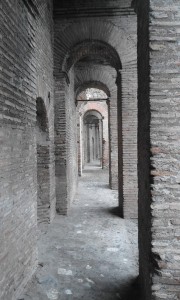
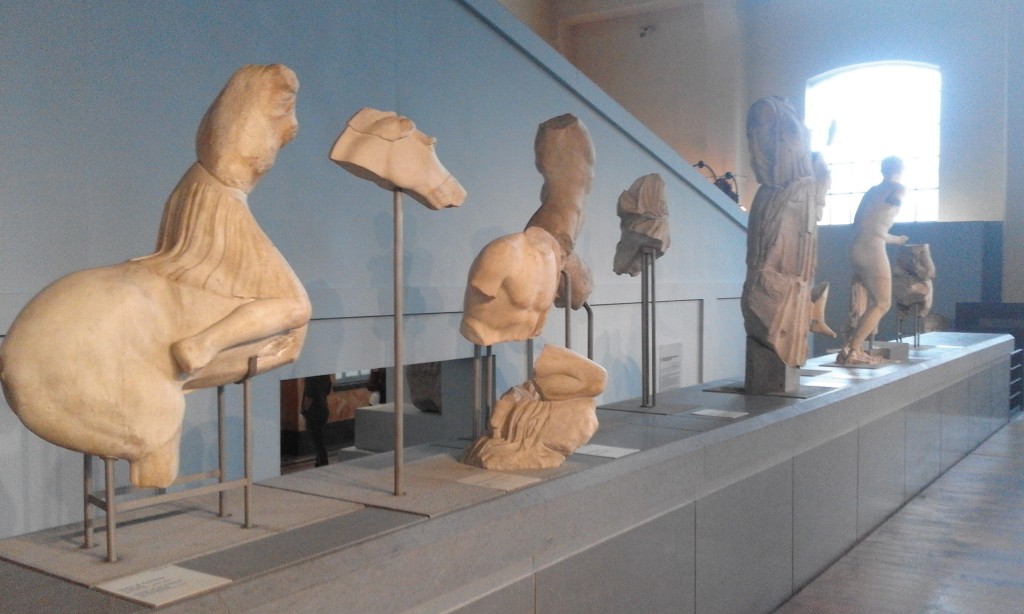
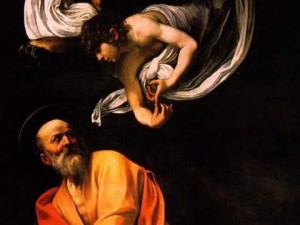
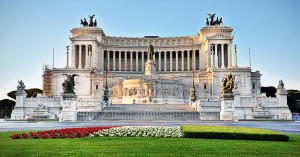
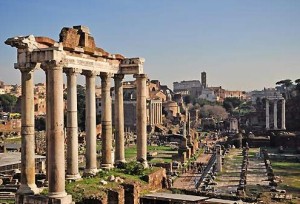
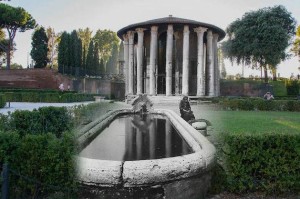
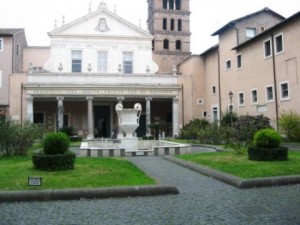
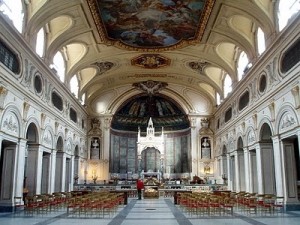
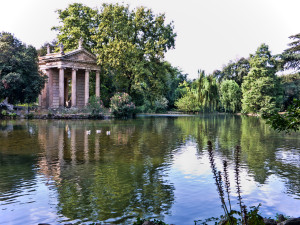
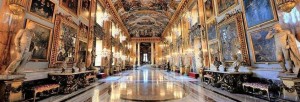
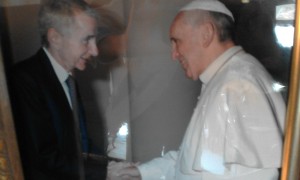
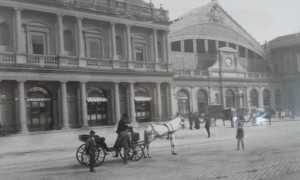
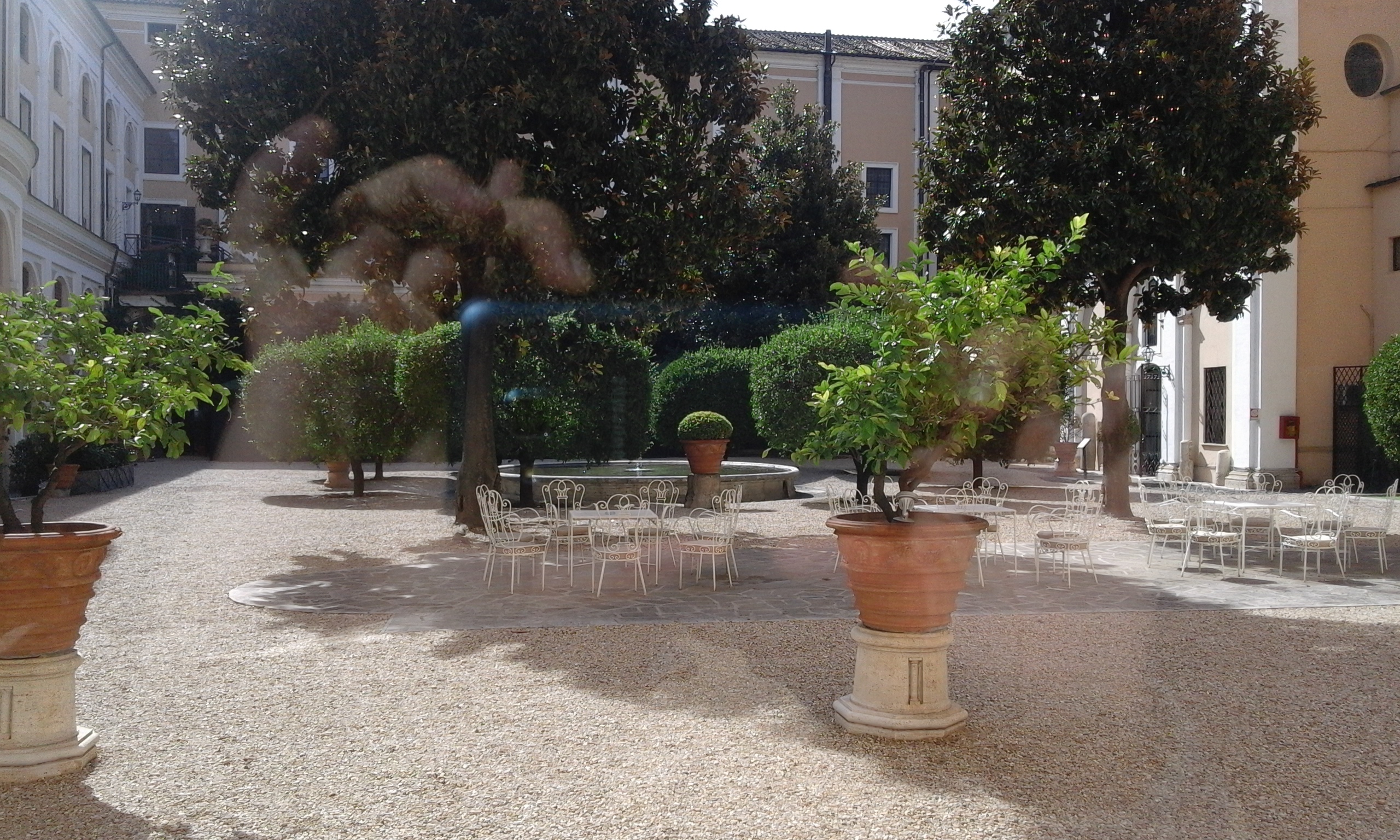
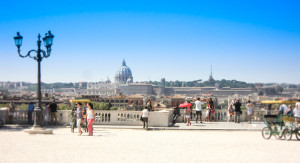
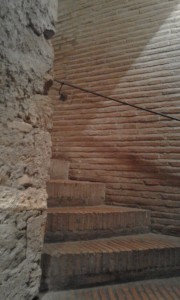
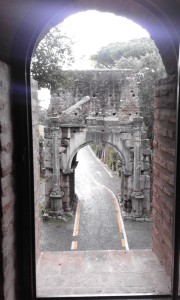
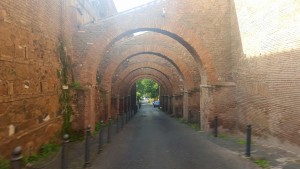
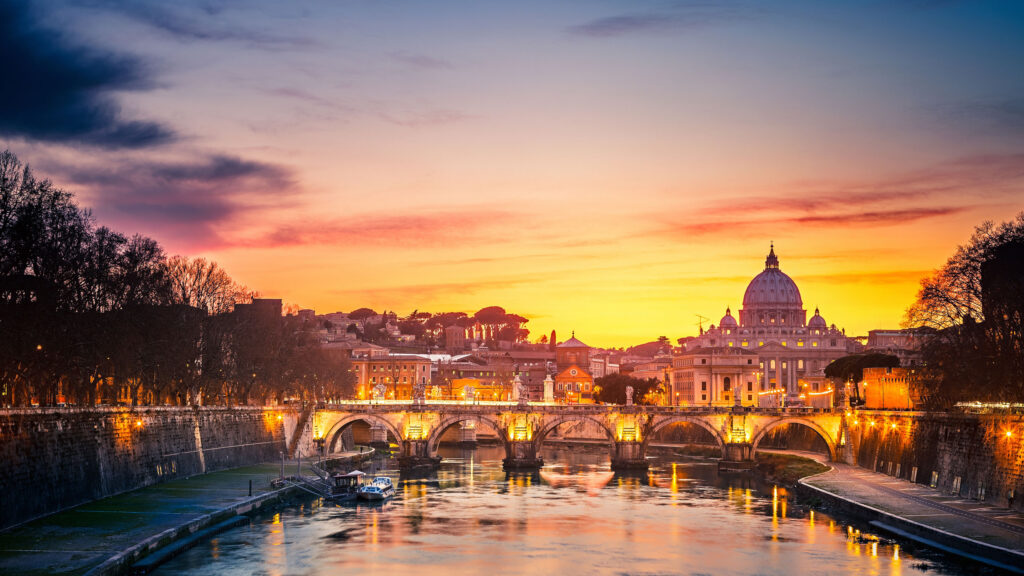
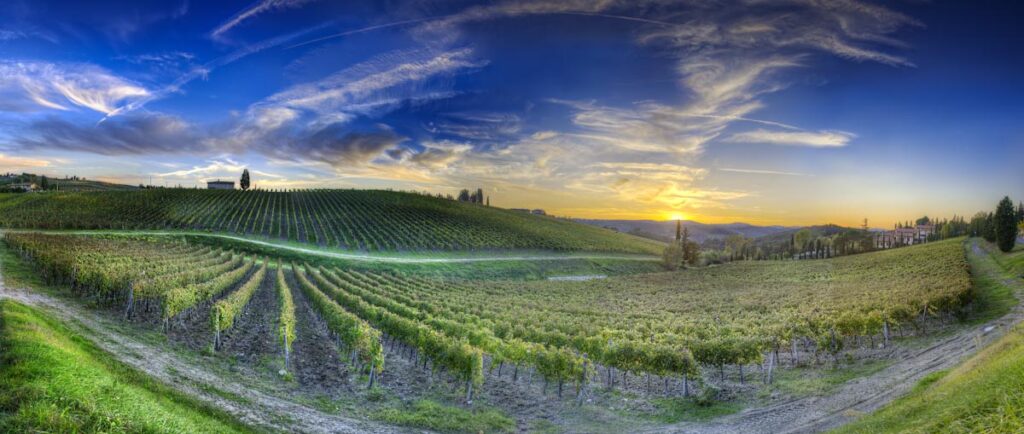

 Русский
Русский Български
Български Français
Français